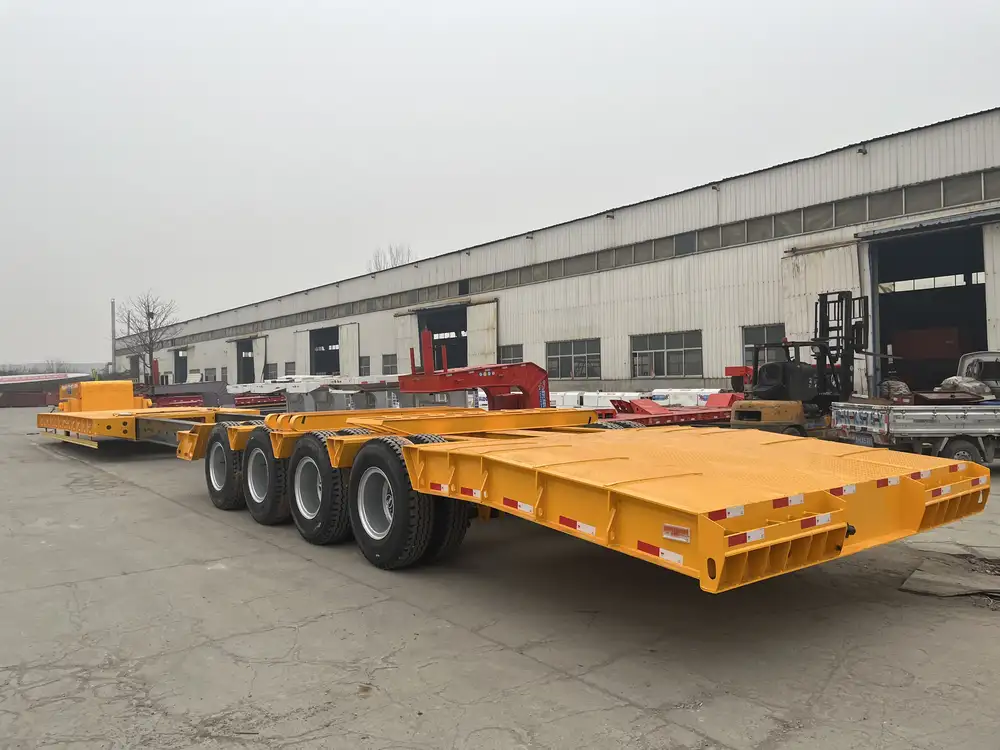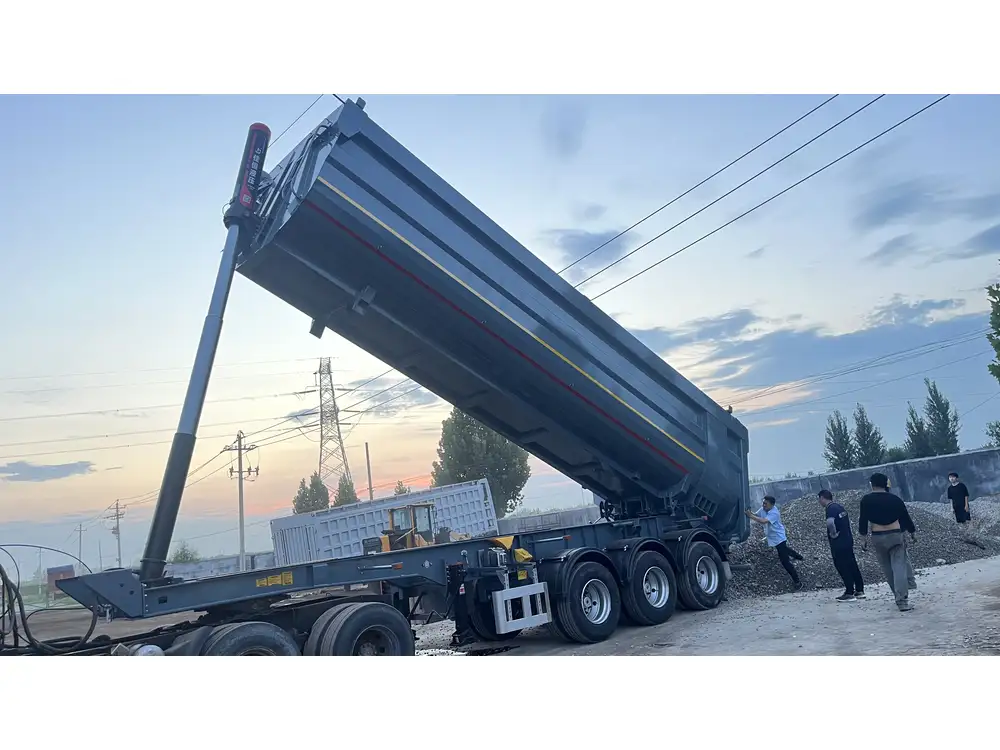Cleaning the grey water tank in your RV trailer is an essential maintenance task that ensures a pleasant and hygienic experience while traveling. As RV enthusiasts, we understand that the great outdoors comes with its own challenges, and taking care of your equipment is paramount. In this guide, we delve into practical techniques for effectively cleaning your grey water tank, discuss common issues RV owners face, and provide tips for optimal cleanliness.
Understanding the Grey Water Tank
Before jumping into the cleaning process, it is crucial to understand what a grey water tank is and its function. The grey water tank collects wastewater from your RV’s sinks, shower, and other non-toilet sources. Unlike black water, which contains human waste, grey water typically contains soap, food particles, and other household contaminants. Therefore, keeping this tank clean not only helps maintain hygiene but also prolongs the life of your RV plumbing system.
Why Is Cleaning Important?
- Odor Control: A poorly maintained grey water tank can lead to unpleasant odors that permeate your RV.
- Preventing Clogs: Residual soap and food particles can accumulate, leading to blockages in pipes.
- Enhancing Tank Lifespan: Regular cleaning promotes the longevity of your grey water tank and plumbing components.
- Improved Hygiene: Reduces the risk of bacterial growth and maintains a sanitary environment in your RV.

Signs Your Grey Water Tank Needs Cleaning
Recognizing Warning Signs
To determine if your grey water tank requires urgent attention, be on the lookout for the following symptoms:
| Sign | Explanation |
|---|---|
| Foul Smell | Persistent odor despite all windows closed. |
| Slow Drainage | Water taking longer to drain from sinks. |
| Warning Lights | Indicator lights on your RV’s system. |
| Gurgling Sounds | Unusual noises from pipes, suggesting a clog. |
| Overflowing Tank | Backup or leakage from drains or tank. |
If you experience any of these signs, it’s time to clean your grey water tank.
Essential Tools and Materials
Before commencing the cleaning process, gather the necessary equipment and materials:
- Hose: A fresh water hose specifically for cleaning the tank.
- Bucket: For gathering waste and cleaning solutions.
- Tank Cleaner: Enzyme-based cleaners or vinegar are excellent choices.
- Gloves: To protect your hands from contaminants.
- Scrub Brush: A long-handled brush for thorough scrubbing.
- Tank Level Monitor: To check the status of your tank levels.

Step-by-Step Guide to Cleaning Your RV Grey Water Tank
1. Prepare the Area
Before you begin the cleaning process, park your RV in a well-ventilated area, preferably away from your living space. Ensure that you have access to all the necessary tools and cleaning agents.
2. Empty the Grey Water Tank
Safety First: Wear gloves to protect your hands.
- Locate the Dump Valve: On the side of your RV, find the grey water tank’s dump valve.
- Connect a Hose: Attach a sewer hose to the valve, ensuring a secure fit.
- Open the Valve: Slowly open the valve and allow the grey water to flow into a designated dump station.
- Flush with Fresh Water: After emptying, use a hose to provide additional flushing. A couple of gallons of clean water should help eliminate more residue.

3. Apply Cleaner to the Tank
Once the tank is flushed, it’s time to apply your cleaning solution:
- Enzyme-Based Cleaner: Add the recommended dose of a commercial tank cleaner, or opt for a mixture of vinegar and baking soda.
- Fill with Water: Add several gallons of water to the tank to help the cleaner circulate effectively.
4. Allow the Cleaner to Sit
Important: Let the cleaning solution stay in the tank for at least 30 minutes, or as per product instructions. This dwell time allows the cleaner to effectively break down buildup and contaminants.
5. Scrub the Inside of the Tank
To reach those stubborn spots:
- Use a Long-Handled Brush: Gently scrub the inside walls of the tank.
- Focus on Corners: These areas often accumulate debris more than flat surfaces.

6. Rinse Thoroughly
After scrubbing:
- Flush with Fresh Water Again: Open the dump valve and thoroughly rinse the tank with fresh water.
- Repeat Flushing: It might take a couple of flushes to remove all cleaner residues.
7. Check for Additional Maintenance
With the cleaning process complete, consider checking:
- Sensors: Make sure the tank level sensors are functioning correctly.
- Hoses and Valves: Inspect for wear and tear or blockages.
Preventing Future Issues: Maintenance Tips

Regular Maintenance Schedule
Consider creating a maintenance schedule for your grey water tank. Periodic cleaning every month or every few trips can help mitigate issues before they arise.
Use of Grey Water Tank Additives
Using enzyme-based additives can help break down waste materials and reduce odors. Select products specifically designed for grey water systems to maximize effectiveness.
Monitor Fill Levels
Keep an eye on your tank’s capacity using the display on your RV. Avoid overfilling, as it leads to mess and potential leaks.

Minimize Waste Production
Be conscious of what goes down your drains. Avoid pouring oil, grease, and large food particles down the sink to reduce buildup.
Troubleshooting Common Problems
Odor Issues
If odors persist, consider:
- A Deeper Clean: A more thorough scrub may be required.
- Checking Seals: Inspect seals on the tank and drain for leaks.

Slow Drainage
For slow drainage, try:
- Hot Water Flush: Pouring hot water down the drain enhances breakdown.
- Chemical Drain Cleaners: Only as a last resort; frequent use can damage the tank.
Conclusion
Maintaining a clean grey water tank is vital for recreational vehicle owners. By following the comprehensive steps outlined above, you can ensure your tank remains hygienic and functional. Remember, being proactive about cleanliness not only enhances your RV experience but also helps avoid complications down the line. With regular maintenance and informed practices, the joyous adventure of RV life can continue uninterrupted.
Explore your options, adhere to best practices, and dive into your next journey with confidence, knowing your RV’s systems are operating at their best!



